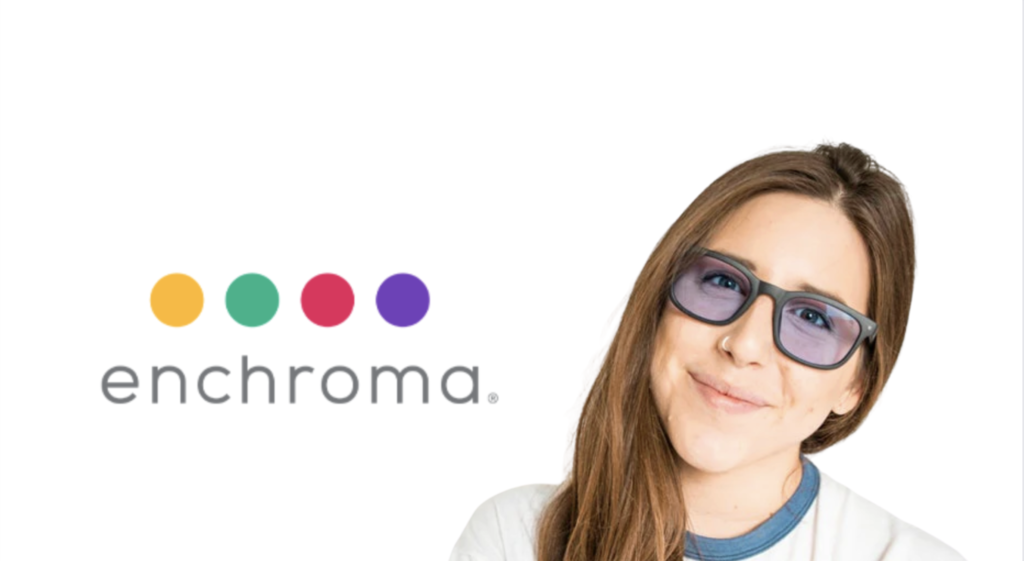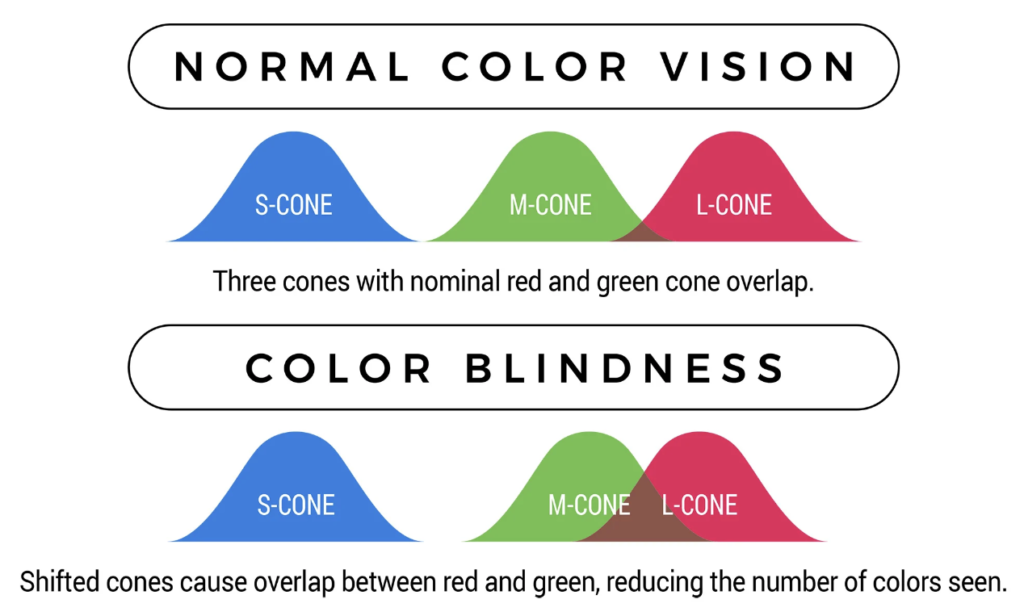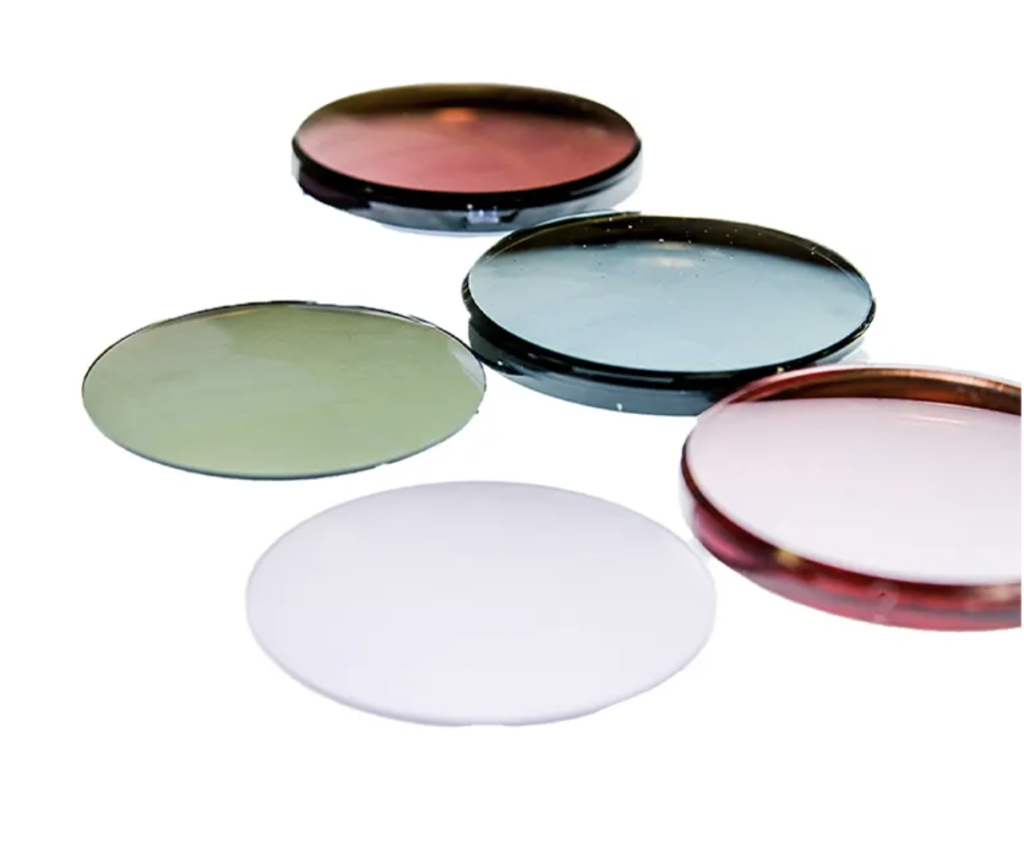ENVISION A MORE COLORFUL WORLD
People with color deficiency (or color blindness) perceive color differently than people with normal color vision. Rather than receiving distinct visual information from the cone cells in their eyes, they receive overlapping signals, which causes difficulty in seeing or distinguishing between certain colors. For instance, shades of red, brown, and green can look confusingly similar.
Color deficiency glasses are uniquely engineered to give those with color blindness the ability to see a broader spectrum of bright color. EnChroma lenses are patented light-filtration technology that makes certain colors along the visible spectrum more distinct. By refining the light before it reaches the eye, the eyes can receive the color information they need to communicate the correct signals to the brain. Although EnChroma glasses are not a cure, they are helpful for approximately 80% of people who suffer from color blindness.



